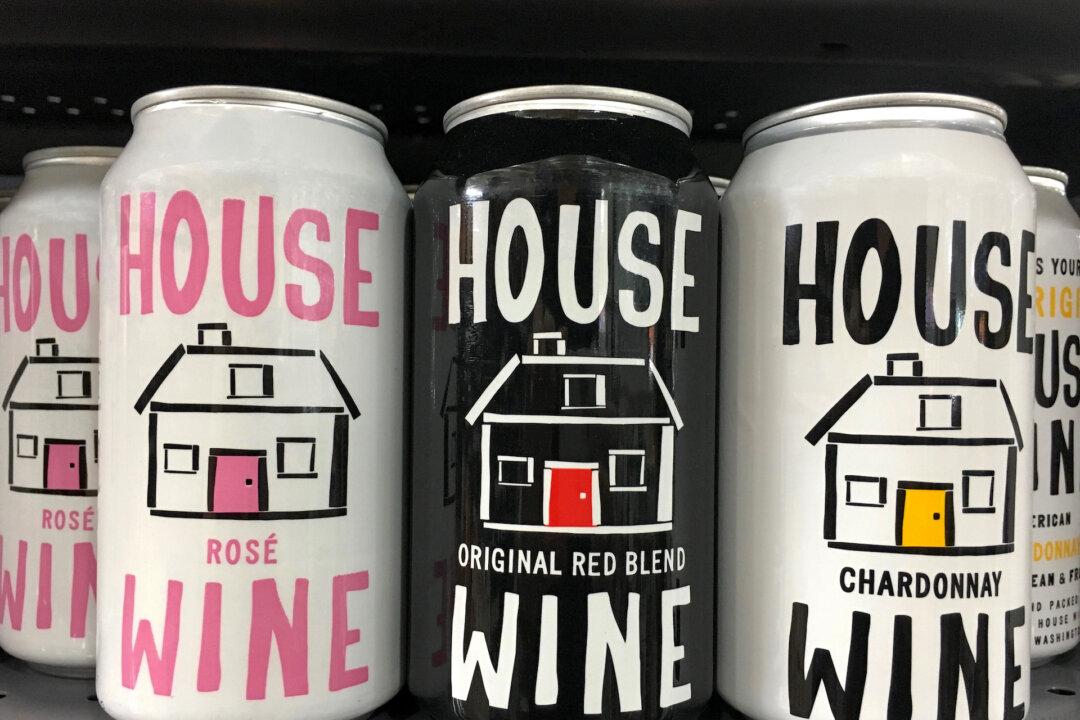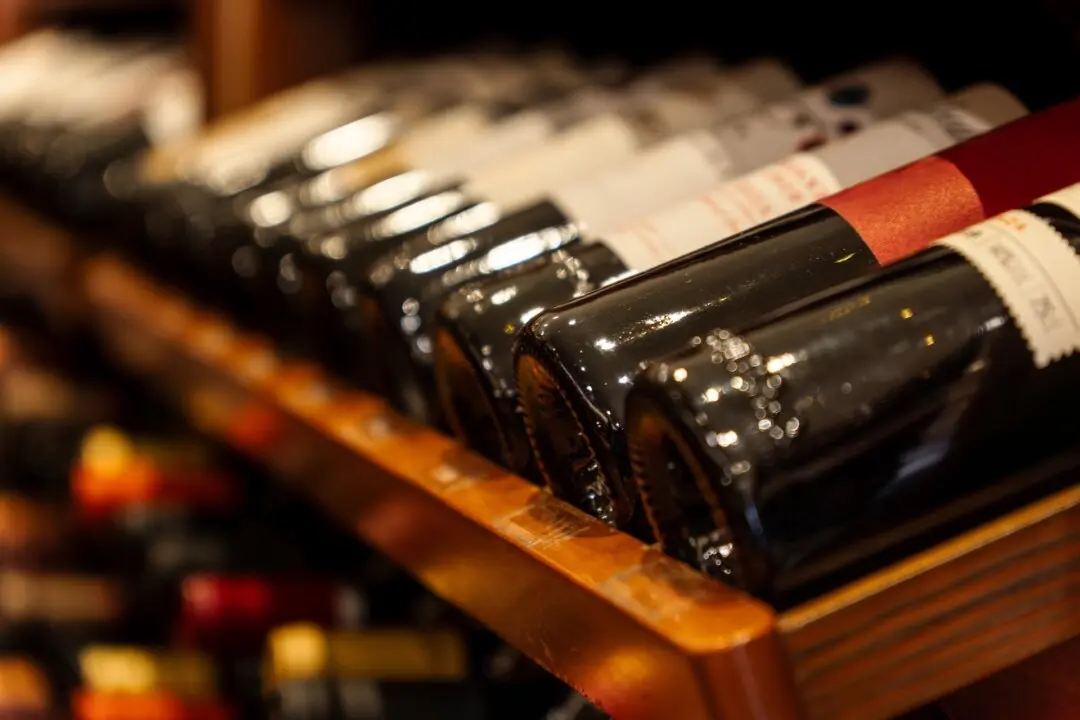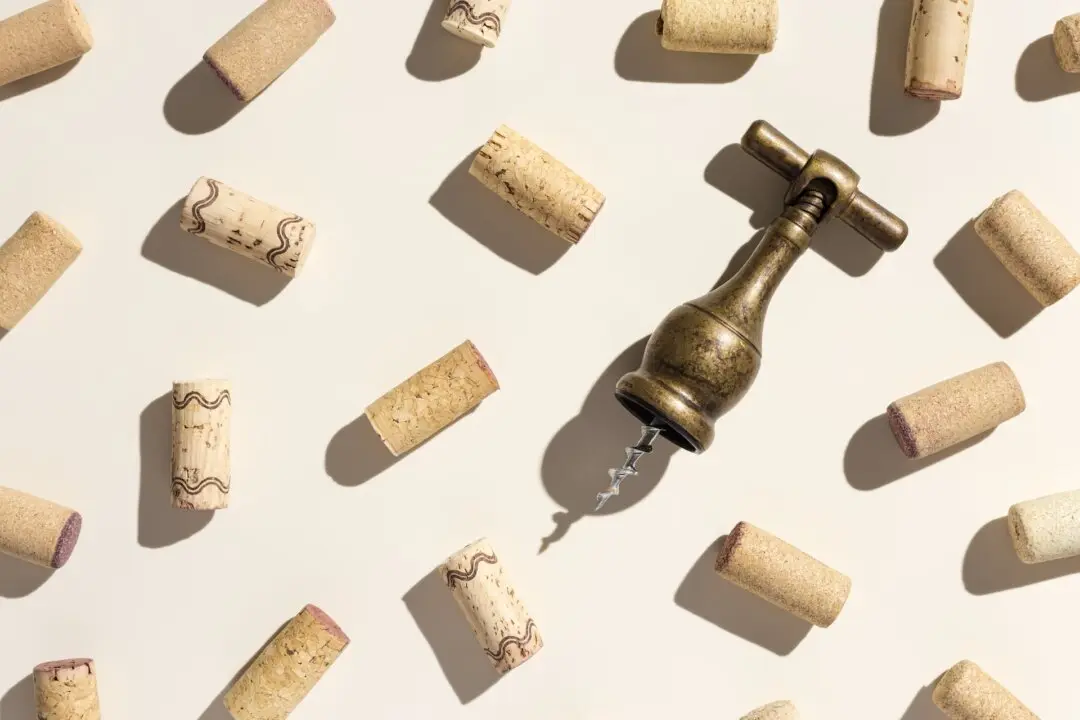The first wine I ever saw in a can was a Beaujolais from France that I saw here about 50 years ago. It had no vintage date and sold for roughly $1.
Then about 40 years went by without a can in sight that contained wine. Between about 1980 and 2020, wine was seen as an upscale beverage that wouldn’t be very interesting if it were considered so mundane as to be sold in aluminum cans.





